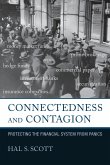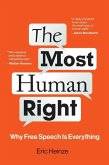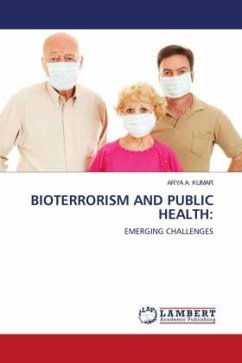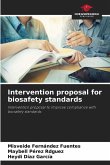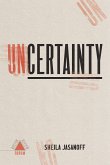This book explores how potential bio-threats and risks may evolve post 9/11 given the rapid changes in biotechnology and synthetic biology. It also explores what role intelligence communities can play in understanding threats and risks. It argues that although bio-threats and risks are largely low probability and high impact in nature, intelligence in 'Five Eyes' countries remain insufficiently prepared to understand them. This book identifies key areas where intelligence reforms need to take place including a more strategic and systematic collaboration between national security/law enforcement intelligence and the scientific community. It is aimed at intelligence analysts, those in the scientific community working on health security threats, policy makers and researchers working on biosecurity and bioterrorism threats and risks.
"This book would be an excellent summary for readers wanting to get an overview of the critical issues, and it would be an excellent textbook for course work in this field. For a generalist in the IC, it may provide new information." (Margaret S. Marangione, International Journal of Intelligence and Counter Intelligence, Vol. 32 (3), 2019)
"Walsh provides clear organizational sections within in each chapter so that readers can choose to pass or skip ahead to other sections if desired. The way the book is organized is pitched nicely to newbies as well as those more seasoned in intelligence and biosecurity - and it helps build the connectors between those in intelligence and those in the biological sciences/biosecurity." (Kathleen M. Vogel, Intelligence and National Security, May 28, 2019)
"Walsh provides clear organizational sections within in each chapter so that readers can choose to pass or skip ahead to other sections if desired. The way the book is organized is pitched nicely to newbies as well as those more seasoned in intelligence and biosecurity - and it helps build the connectors between those in intelligence and those in the biological sciences/biosecurity." (Kathleen M. Vogel, Intelligence and National Security, May 28, 2019)


